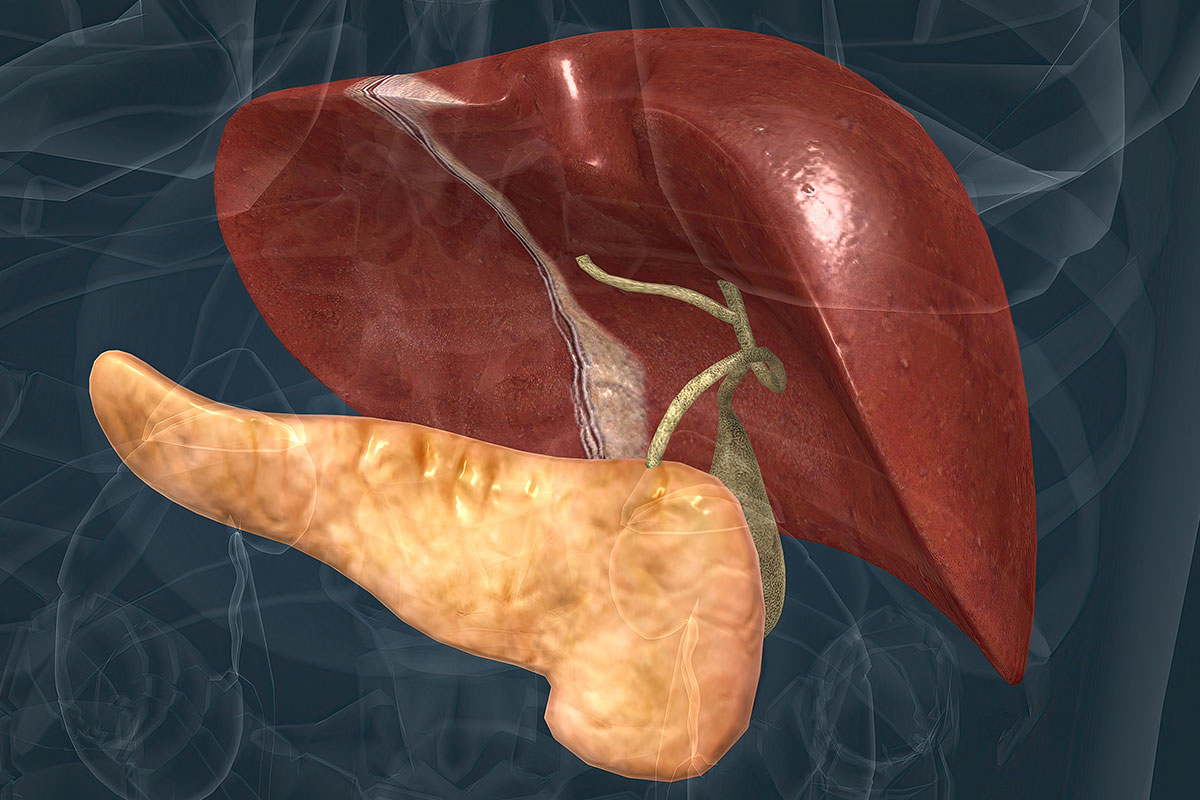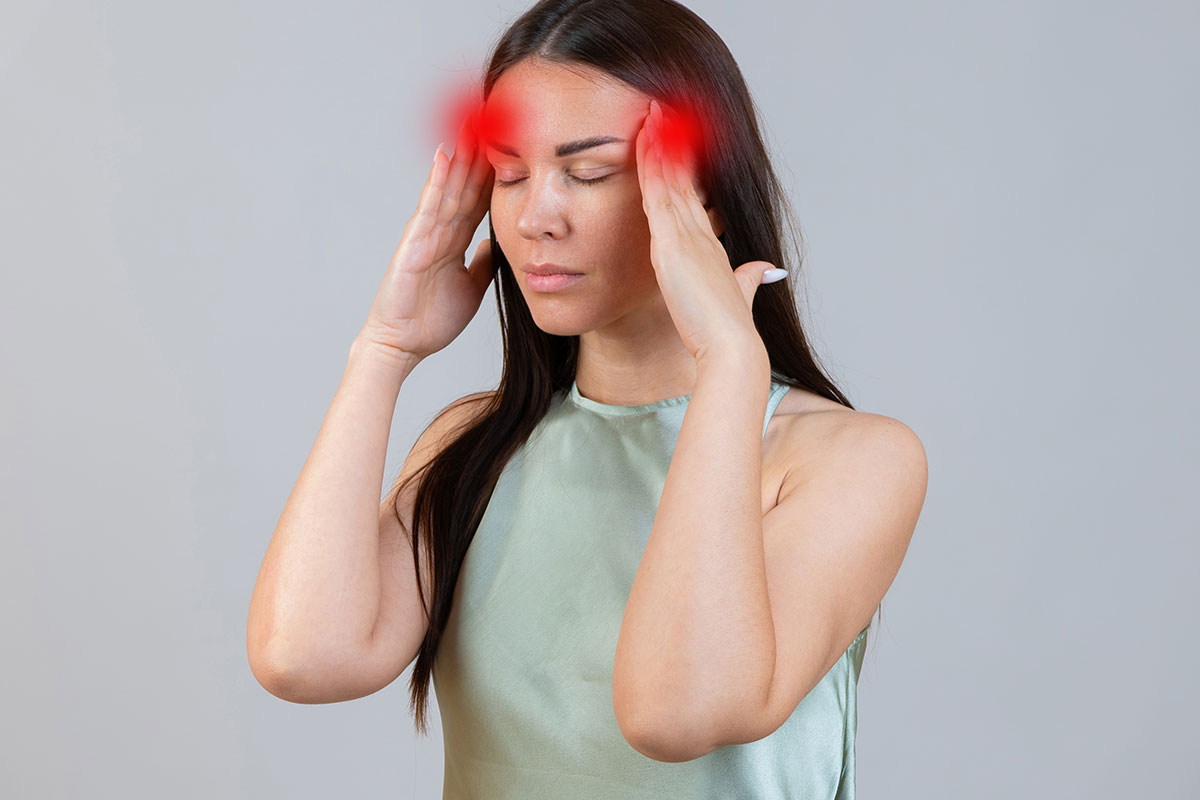
Trigeminal Neuralgia Could Be the Cause of Excruciating Pain in Your Face
By Dr. Akash Mishra in Neurosciences
Sep 4, 2020
Trigeminal Neuralgia or Tic Douloureux is also infamously known as the suicide disease because it causes the most intense excruciating pain known to humans. It is characterized by a sudden stabbing pain in one side of the face that lasts from a few seconds to minutes at length. In between the pain-attacks, the pain subsides completely and the patient shows no symptoms. These bouts of pain should not be taken lightly as attacks often worsen over time and as the frequency of such attacks increases, they leave little to no time of respite in between the occurrence of attacks. A typical Trigeminal Neuralgia symptoms include a constant burning pain that keeps fluctuating in intensity.
Symptoms of Trigeminal Neuralgia
- Shock-like severe pain bouts.
- Constant pain attacks triggered by touching the face, chewing, talking, etc.
- Spells of pain ranging from a few seconds to several minutes.
- Pain episodes lasting days, weeks, months or even longer
- Spasm like a burning sensation
- Pain in areas supplied by the trigeminal nerve
- Pain in the eye and forehead
- Experiencing pain on one side of the face at a time.
Trigers of Trigeminal Neuralgia
Pain attacks can be triggered by many factors, including:
- Chewing
- Talking
- Brushing teeth
- Cold temperature
- Windy conditions
- Touching face
- Smiling
- Washing face
The most common cause of trigeminal neuralgia is contact between the trigeminal nerve and any blood vessels which pressurizes the nerve causing extreme pain. Other common causes of trigeminal neuralgia include trigeminal nerve irritation with tumors, aneurysms, or multiple sclerosis and sarcoidosis
Diagnosis of Trigeminal Neuralgia
Mostly trigeminal neuralgia is clinically diagnosed through neurological examinations by the best neurologist at the best hospital in NCR, based on the patient’s signs and symptoms. Radiological examinations through MRI is usually recommended to rule out tumors or autoimmune diseases.
Treatment of Trigeminal Neuralgia
The pain relievers and other medications are recommended in the initial phase of treatment. If the symptoms persist then neurosurgical intervention is required to cure Trigeminal Neuralgia. Also, after diagnosis, it should be the first choice of treatment as prolonged medication can cause several side effects. The medications prescribed for trigeminal neuralgia include anticonvulsants and antispasmodic agents which have been known to cause drowsiness, nausea, inability to concentrate, loss of balance, etc.
If you experience the symptoms similar to Trigeminal Neuralgia, it is advised not to take regular pain medicines as they are not helpful in treating Trigeminal Neuralgia. Also, they might aggravate your condition by causing several side effects, one should immediately get in touch with a neurosurgeon at the best hospital in India.
Surgical treatment includes the following procedures:
Micro-vascular Decompression
Historically this procedure has proved to be most effective in the treatment of trigeminal neuralgia pain. It should be the procedure of choice for a patient fit for general anesthesia. During surgery, the artery or vein compressing the Trigeminal nerve is moved away and a piece of Teflon is placed between them. In this way, the nerve is being protected by arterial pulsations. Among all the procedures MVD gives long-lasting pain-relief, only a small percentage of patients had recurrent pain many years after the operation.
Apart from the Micro-vascular Decompression, there are certain procedures that are recommended only for the patients with multiple co-morbid conditions making them not fit for MVD. This is because of the higher recurrence rate of trigeminal neuralgia in these patients. The following are some of the treatments recommended for patients with co-morbidities.
Cyber Knife Radio Surgery
The Cyber knife option is best suited for patients, whose age or medical conditions makes open-surgery dangerous to them. CyberKnife radiation beams are concentrated at the root entry zone of the trigeminal nerve. This renders the area less responsive to arterial pulsation. The best part is, this whole procedure is painless and lasts only about 45 minutes.
Percutaneous Balloon Rhizotomy
Under x-ray guidance, a needle is inserted through the base of the skull to the root of the trigeminal nerve. A balloon is inflated once it reached the affected area. Most patients experience a reduction of facial pain upon waking from anesthesia, so the effect is immediate. The recurrence of pain is variable and highly dependent on the circumstances of the individual patient.
Percutaneous Radiofrequency Rhizotomy
This is procedure is similar to Percutaneous balloon rhizotomy with the only difference is that a radiofrequency probe is used. Radio pulse generated by probe renders the area less sensitive to pain.
When To Consult A Doctor ?
This depends upon the intensity and frequency of symptoms, however, it is advised to consult a doctor immediately even if symptoms are mild as they may worsen over a period of time. Timely diagnosis will surely save you a lot of discomforts.
Metro Hospital has a team of experienced and renowned Neurosurgeons who have given excellent results in such cases and the best Neurology hospital in India is equipped with state of the art equipments’ to undertake complicated procedures.







